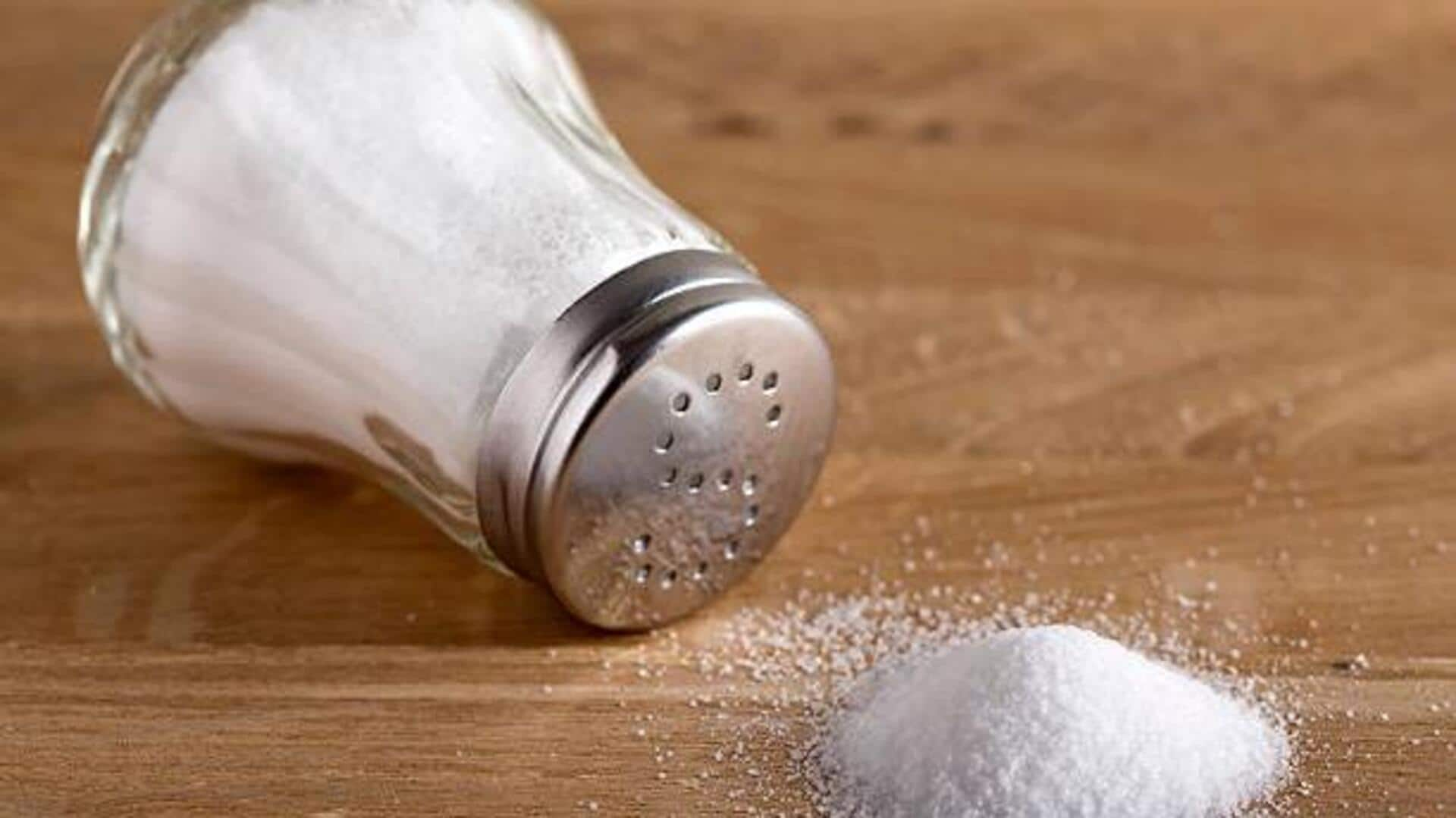
Salt-craving: Myth v/s facts
What's the story
Salt cravings are often believed to be a sign of lack of sodium in the body. However, that's not entirely true. While sodium is an essential mineral for several body functions, craving salt doesn't mean your body is deficient in it. Here's a look at why you may crave salt, dispelling common myths and how to maintain a balanced diet without unnecessary sodium.
#1
The role of sodium in the body
Sodium is essential for fluid balance, nerve function, and muscle contractions. It regulates blood pressure and volume. However, most people consume more sodium than required, thanks to processed foods. The recommended daily intake for adults is approximately 2,300 milligrams or less than one teaspoon of salt per day. Excessive consumption can lead to health issues such as hypertension.
#2
Psychological factors behind cravings
Salt cravings could be more psychological than physiological. Stress, boredom, or emotional distress could trigger cravings for salty snacks as comfort food. These cravings are often associated with habits built over time than actual nutritional deficiencies. Knowing these triggers can help deal with unnecessary salt consumption.
#3
Influence of diet on salt cravings
A diet rich in processed foods can heighten salt cravings as they're loaded with sodium and are designed to enhance flavors. Cutting back on processed food and choosing fresh fruits and vegetables can help re-calibrate your taste buds over time. This change may tone down the severity of salt cravings as your palate gets used to less salty flavors.
#4
Health implications of excessive sodium intake
Consuming too much sodium can raise blood pressure, heart disease risk, and even lead to kidney damage. Monitoring your daily intake through nutrition label reading keeps you within recommended limits. This way, you can enjoy flavor-packed meals without adding too much extra salt or seasoning, leading a healthier lifestyle without exceeding safe sodium levels.